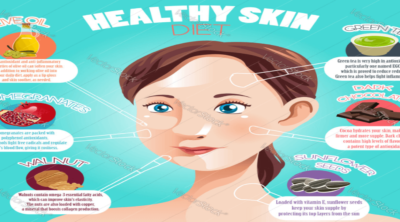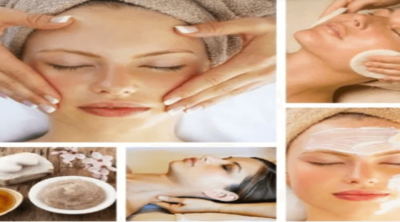Dealing with hyperpigmentation on the face is not a very difficult task. The article below helps you understand the best ways to counter this condition, and the steps you can take to reduce its effect and occurrence.
Hyperpigmentation is the dermatological term for what most of us call dark spots on skin. Essentially, it is a common, harmless condition, in which patches of skin become darker than the surrounding areas, most commonly seen on facial skin. While age spots or liver spots are what most of us associate with this condition, the discoloration need not be restricted to spots or freckles, and can also appear in large uneven patches on the body.
Causes
The skin contains melanin, which is the pigment primarily responsible for skin color. In general, people with darker skin tones have more melanin as opposed to those with lighter skin tones. Excessive and uneven melanin production is one of the main causes of this skin disorder. In addition, sun exposure, pregnancy, hormone imbalance, and age can be contributing factors. People with darker skin are more prone to this condition. It can broadly be classified into three types:
- Focal
This is most often seen post inflammation or after an injury, especially when involving cuts on the skin or burns. It can also occur as a result of, or in addition to acne. - Diffuse
In certain cases, it can occur as the manifestation of a symptom of a medical condition, for instance, in the case of Addison’s Disease. It can also occur in response to chemotherapy. - Drug Induced
This is generally seen due to the usage of certain drugs or chemicals. Antimalarial drugs and amiodarone have been known to cause dark spots on face.
Treatment
The cause of the disease will determine the treatment, and the recommended treatment will vary. However, in general, following are some of the treatment options.
- Natural Remedies
If you’d rather rely on natural remedies to remove dark spots on face, there are a number of options that are known to help. A mixture of lemon juice mixed it with honey can be very soothing due to the bleaching action of the lemon juice. Aloe vera gel is another natural remedy that can soothe inflamed skin, especially post trauma or injury. - Topical Therapies
Typically, hydroquinone is used as one of the treatments, which functions as a bleaching agent to lighten the skin. This is a preferred option if the case is not severe, as it is a non-invasive simple process that is most often effective, especially in the case of red pigmentation. Hydroquinone essentially blocks the production of melanin, and is available in weak formulations consisting of 4% hydroquinone, over the counter. It may also be mixed with kojic acid and licorice extract, both skin-lightening agents are commonly used as ingredients in skin-lightening face creams. Some retinoids, alpha hydroxy acids, and salicylic acid are also used as topical creams to counter this problem. The main disadvantage of using bleaching creams is the time taken to see results. - Microdermabrasion
This is a procedure that involves sandblasting the skin, causing surface cell removal. Microdermabrasion essentially peels off a fine layer of the skin, triggering new skin cell production in the deeper layers. A series of sessions can reduce the pigmentation to a good degree. Additionally, this is one of the least invasive treatment options to deal with this condition. - Laser Resurfacing
This treatment option involves the use of a laser to remove the top layer of the skin, to reveal the new skin beneath. Laser therapy is generally used once less invasive methods have failed.
Whether or not you are prone to suffering from hyperpigmentation, the use of a sun block is essential to keep your skin safe. Even mild sun exposure can cause harm to your skin, so stepping out without a sunscreen is inviting skin trouble. When choosing a sunscreen, opt for those with broad spectrum protection, which essentially means that they can block both UVA and UVB rays. Tanning is actually the skin’s system of defense against the sun. Promoting melanin production and excessive tanning will promote damage, so while a certain amount of sun exposure can be healthy, a sunscreen will ensure that you enjoy the benefits without the damages. In some cases, one may be genetically prone to such a skin condition, in which case, early preventive measures can help alleviate symptoms. With modern techniques and advances in skin treatments, you’re sure to find a solution that will suit you and successfully treat your skin problems.
Disclaimer: This BeautiSecrets article is for informative purposes only, and should not be used as a replacement for expert medical advice.


